Maybe it’s your childhood.
Maybe it’s that day at the beach you remember so well, when the water was warm and the sun was hot, and you hid in the dune grass when it was time to go home.
Maybe it’s just a place you’d rather be, or an interesting shape that captures your imagination, and whisks you away from the tasks or troubles at hand.
This is the power of art, the power to transport us away from our worries, offering a brief but beautiful respite, healing us a moment at a time. And from the paintings adorning the walls, to the curved elegance of the walls themselves, artwork and beauty are everywhere you look in the Spectrum Health System.
Entirely, it turns out, by design.
“We are trying to provide healing environments, trying to uplift, and distract,” said longtime Spectrum Health senior interior designer Susan Sweitzer. “If anything, they’re trying to provide some distraction for family members who are dealing with sometimes difficult situations. We’re trying to provide them some relief as they walk around.”
There’s science behind Sweitzer’s strategy, too.
According to a 2011 University of London study, blood flow increases 10 percent to the “joy response” part of your brain when you see a beautiful painting, the same increase as when you see a loved one. The power of art—whether painting, sculpture, poetry, or music—can clearly provide powerful therapeutic benefits. World-renowned organization Manhattan Arts International even offers an annual exhibit specifically for the healing power of art.
And while beauty may be in the eye of the beholder, nothing evokes feeling like the familiar, Sweitzer explained.
“Typically, we like West Michigan artists, and West Michigan scenes that are familiar and comfortable, and a lot of nature,” Sweitzer said. “Dunes, forests, orchards, hills, seascapes, sandy shores … things that the people in the communities we serve can relate to. For particular application in patient-care areas, we stay away from abstracts, or interpretive pieces, because if people are under a lot of stress, or they’re medicated, or they’re recovering from surgery, we want the scenes to be very identifiable, and not let their minds go where it’s not intended.”
Such attention to art and building design pays off for those who walk through a Spectrum Health facility.
“We feel it’s a really important element for not just staff, but families and patients, taking them to pleasant places, and distracting them in times of stress,” she said.
This has been a collection long in the making.
Founded in 1967 by Dr. William and Beverly Johnston, the Healing Art collection aims to create a healing environment.
The fine art displayed on the Spectrum Health Butterworth and Blodgett campuses, for instance, include items from an impressive array of artists. Each of the 1,500 individual pieces is a tribute to the generosity of donors, and a testimony to the human need for beauty and inspiration during times of crisis.
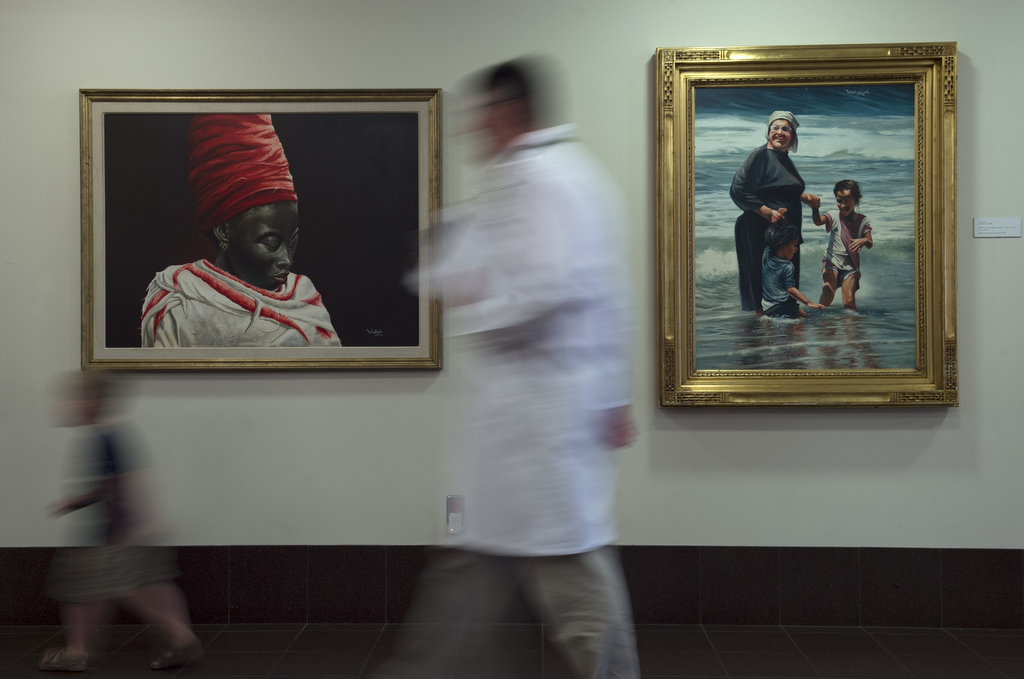
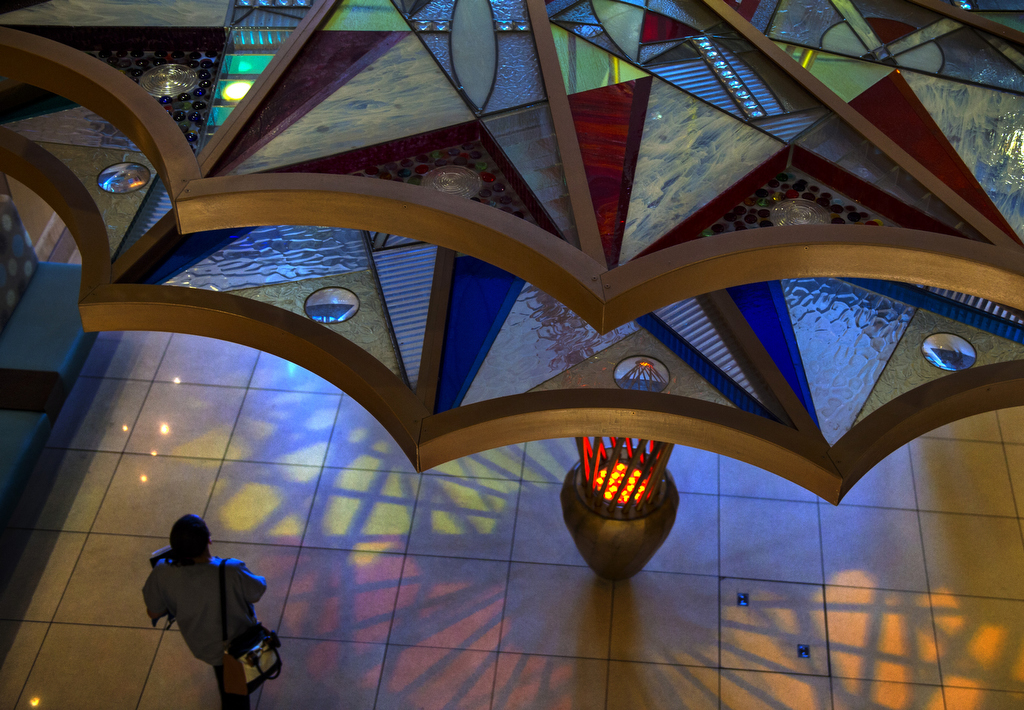
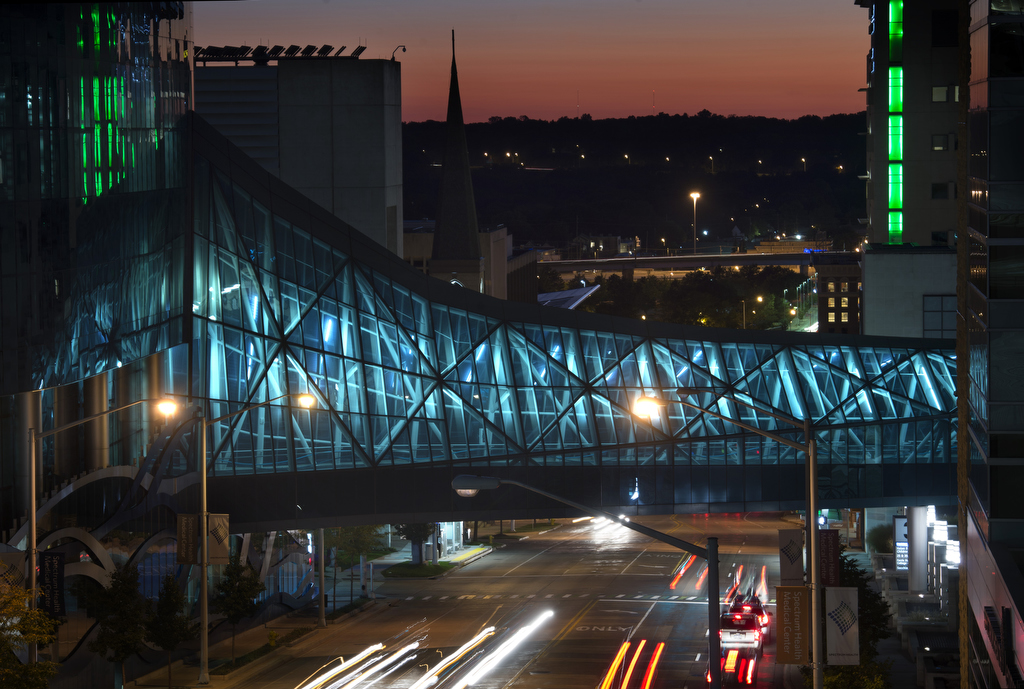
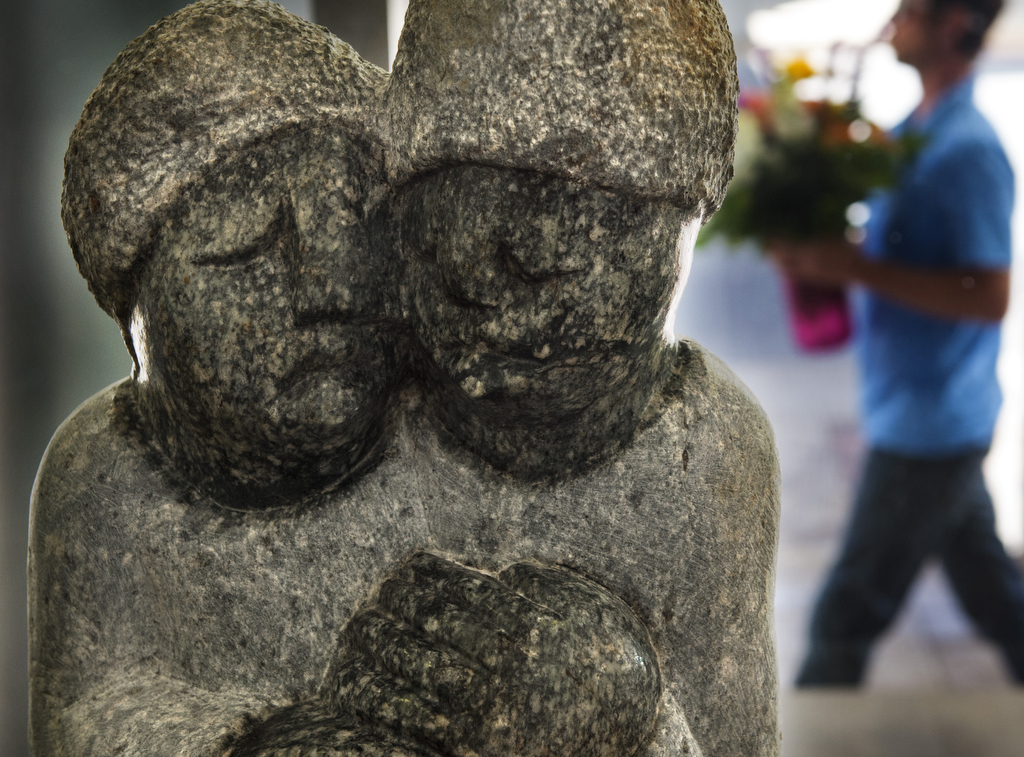

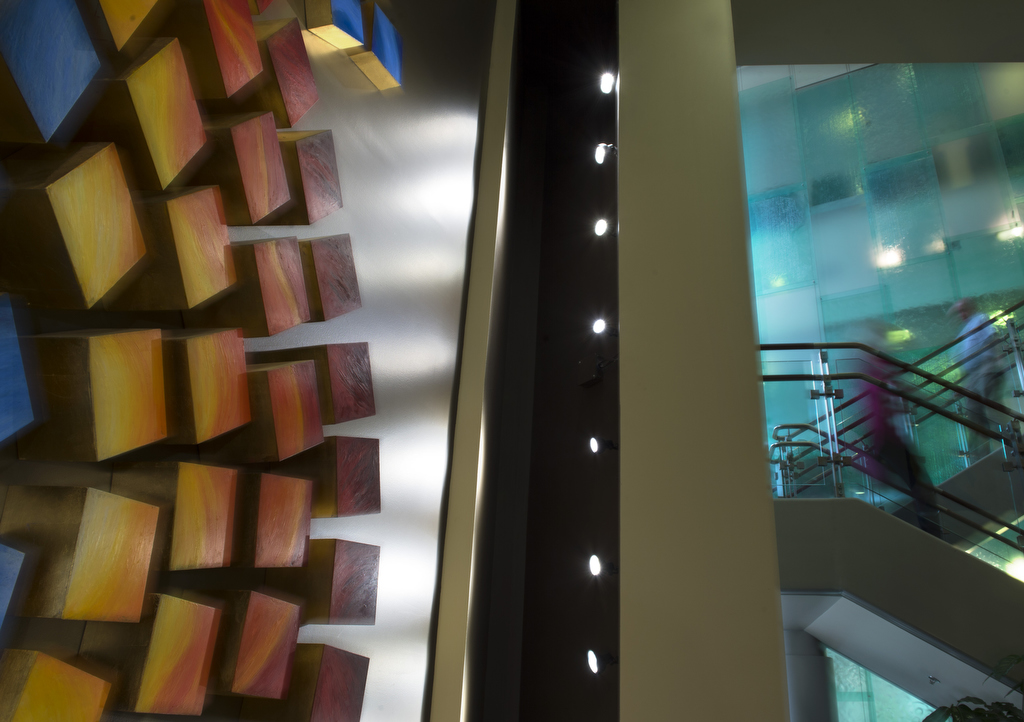
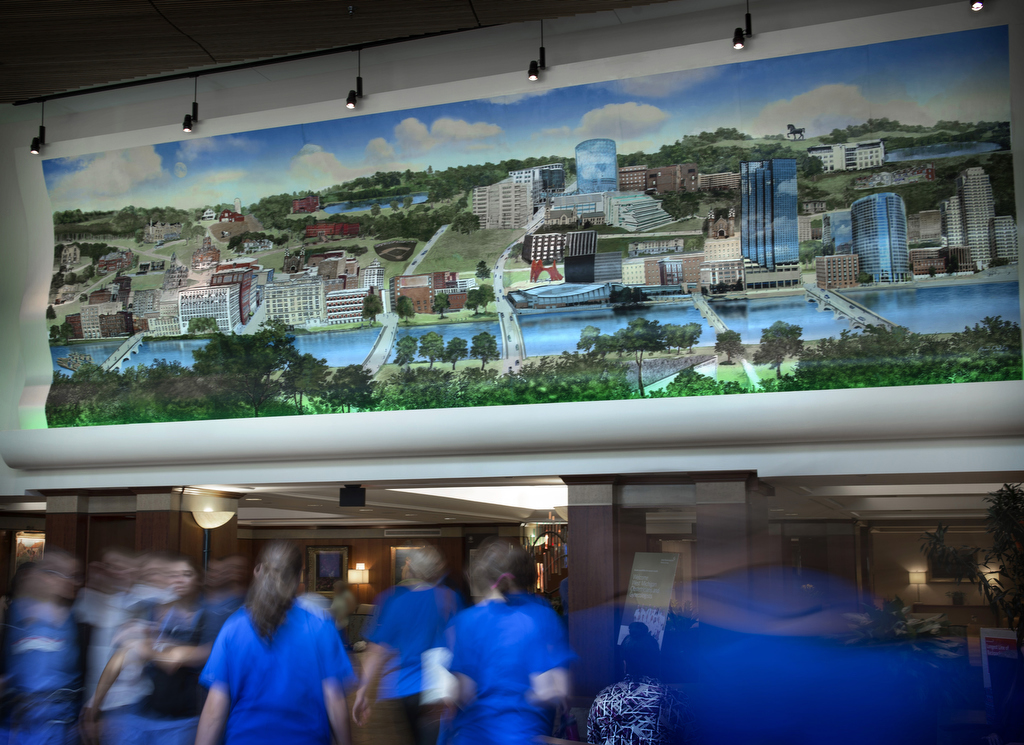

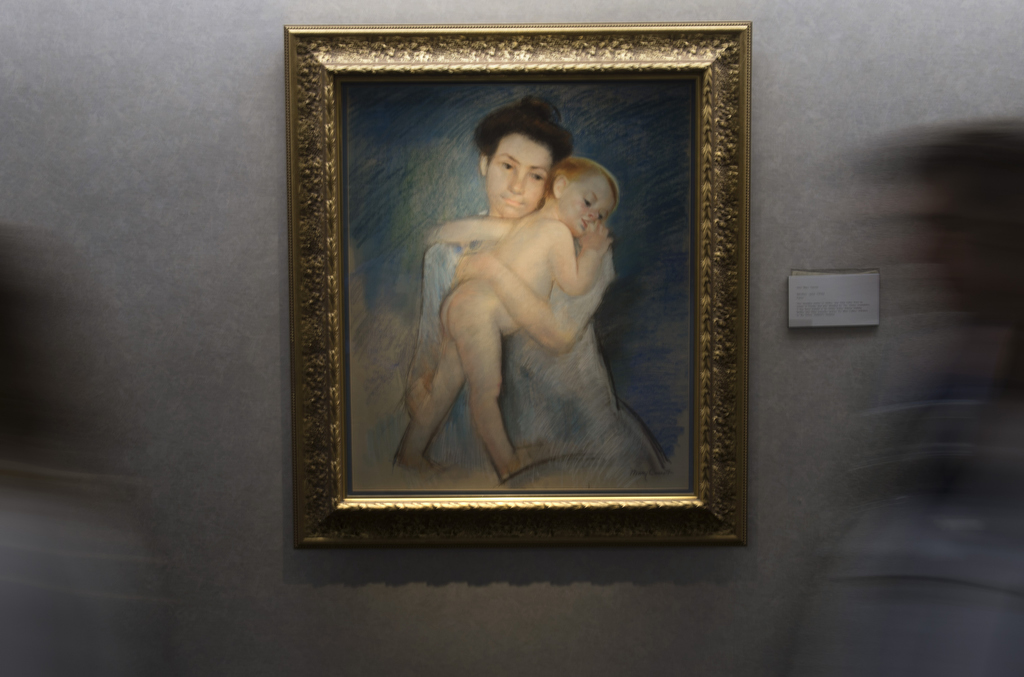
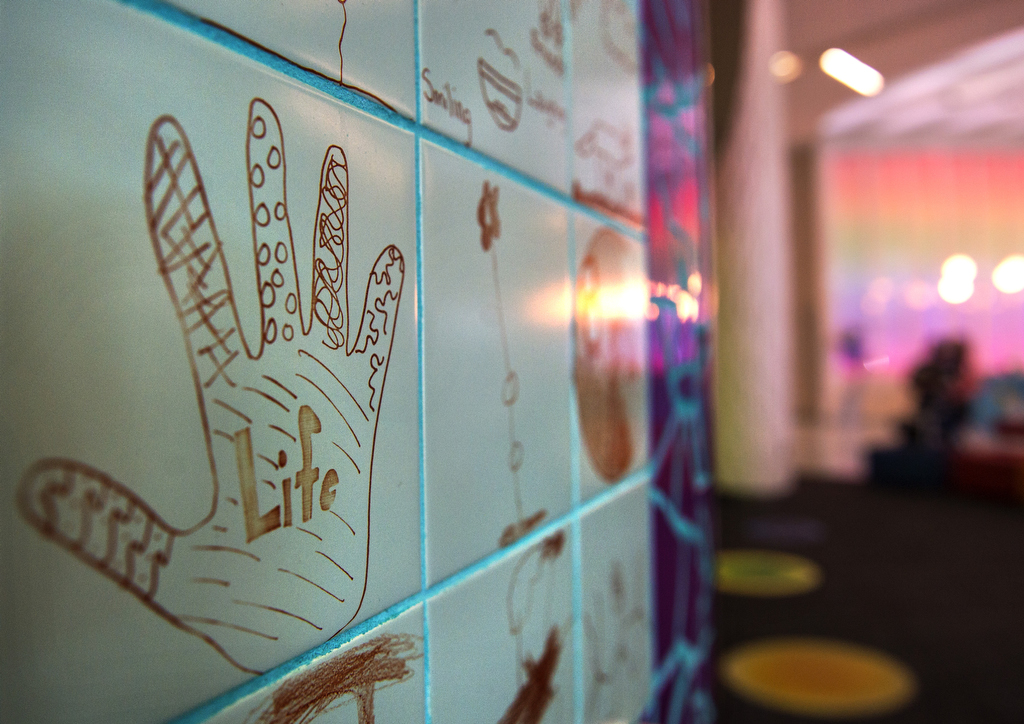
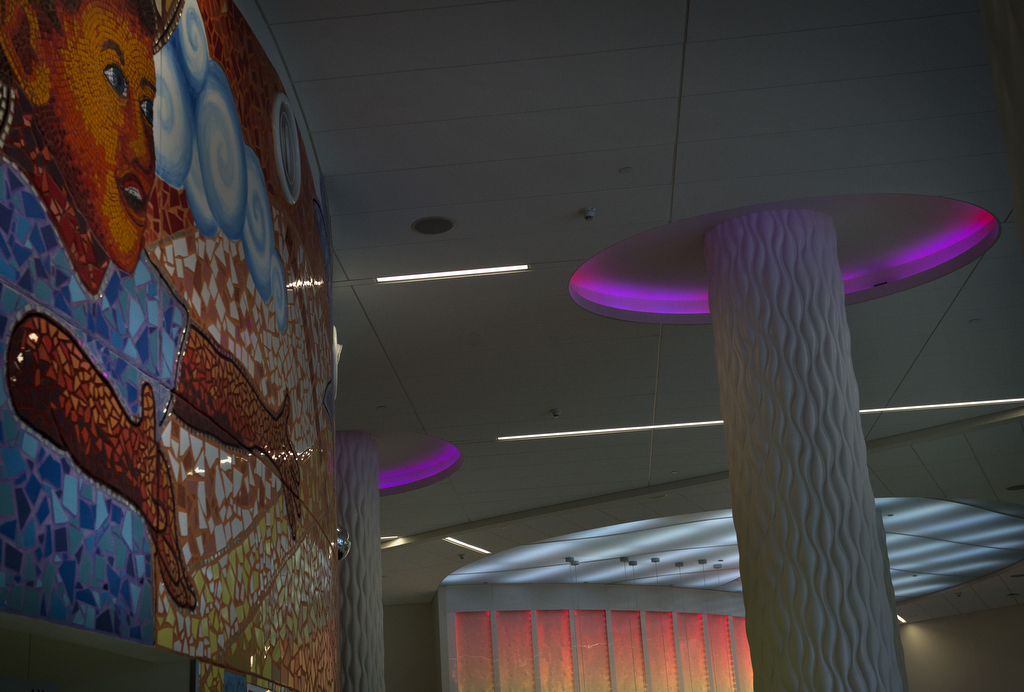

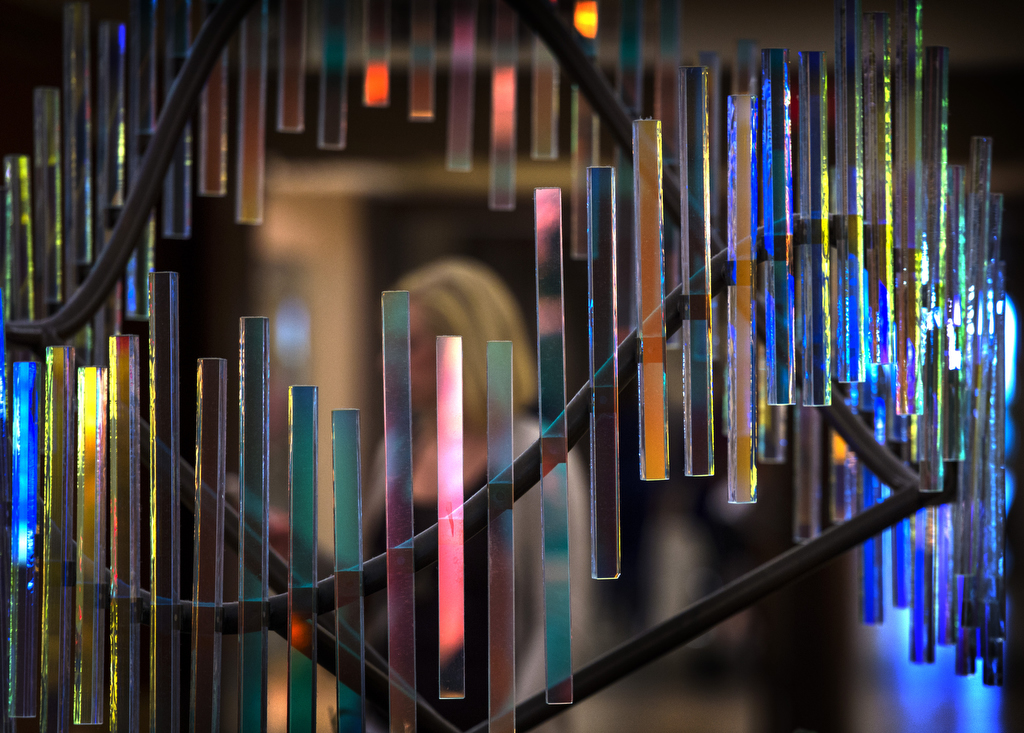

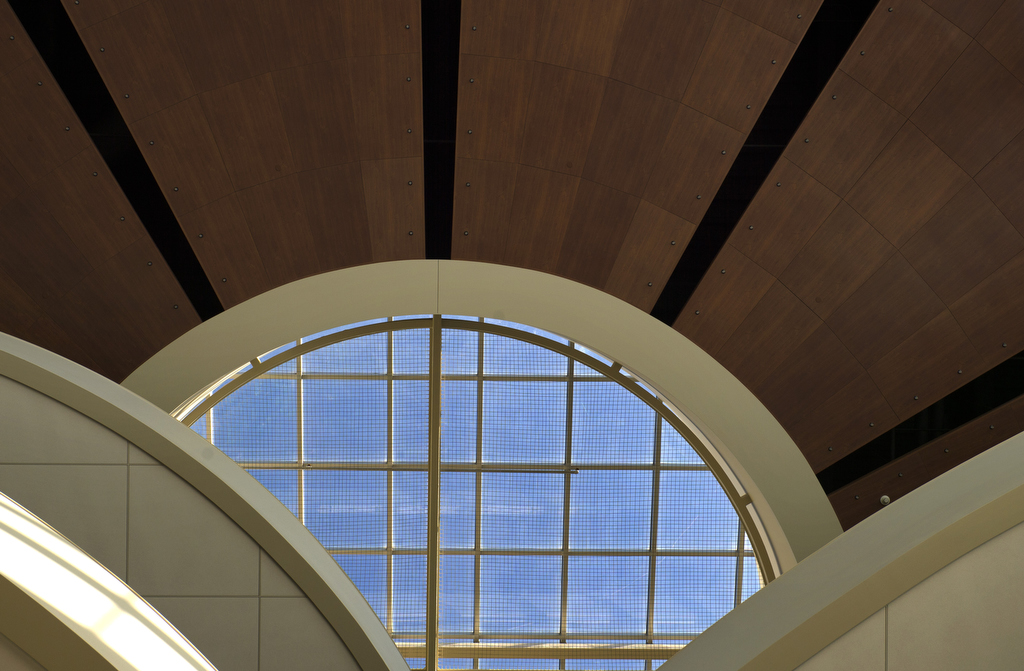
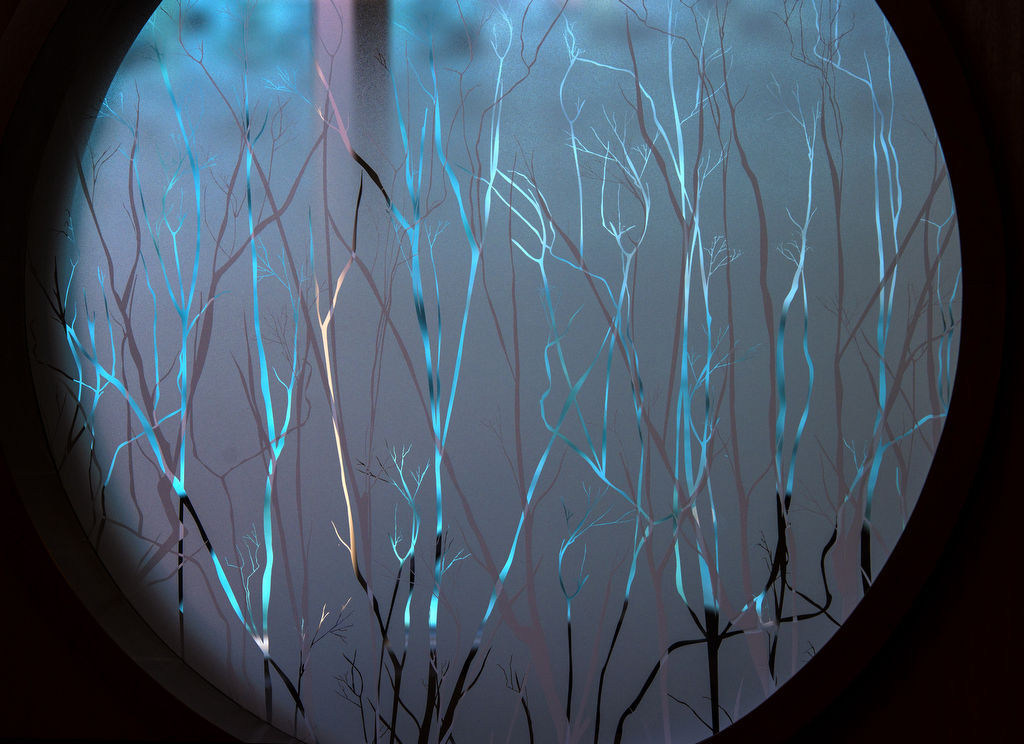

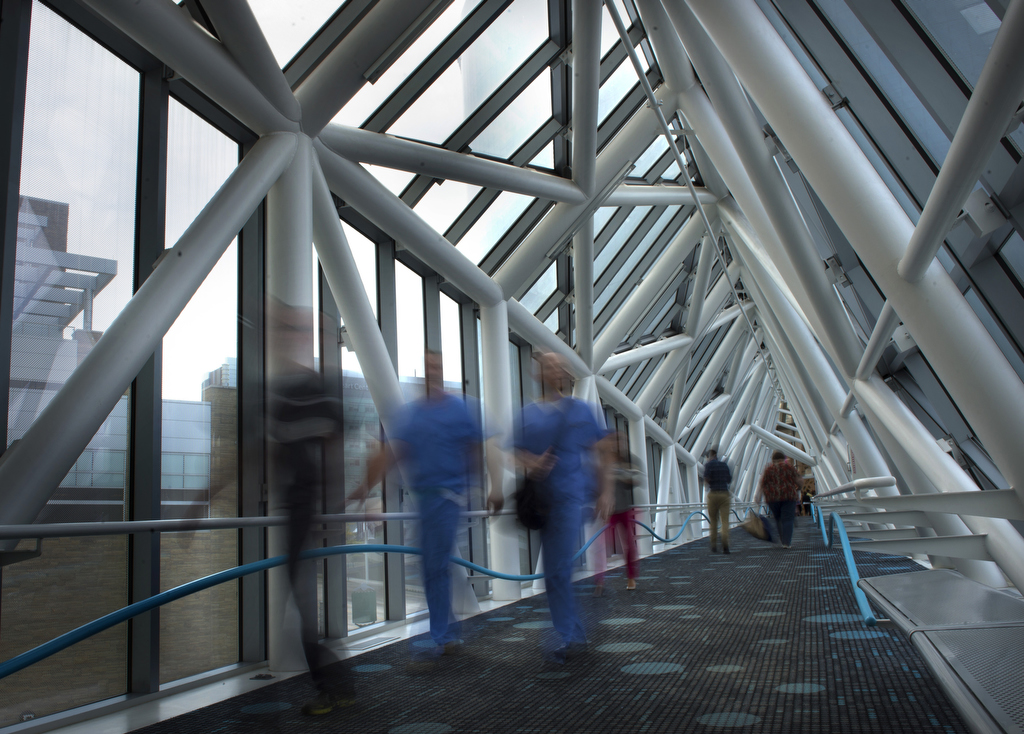
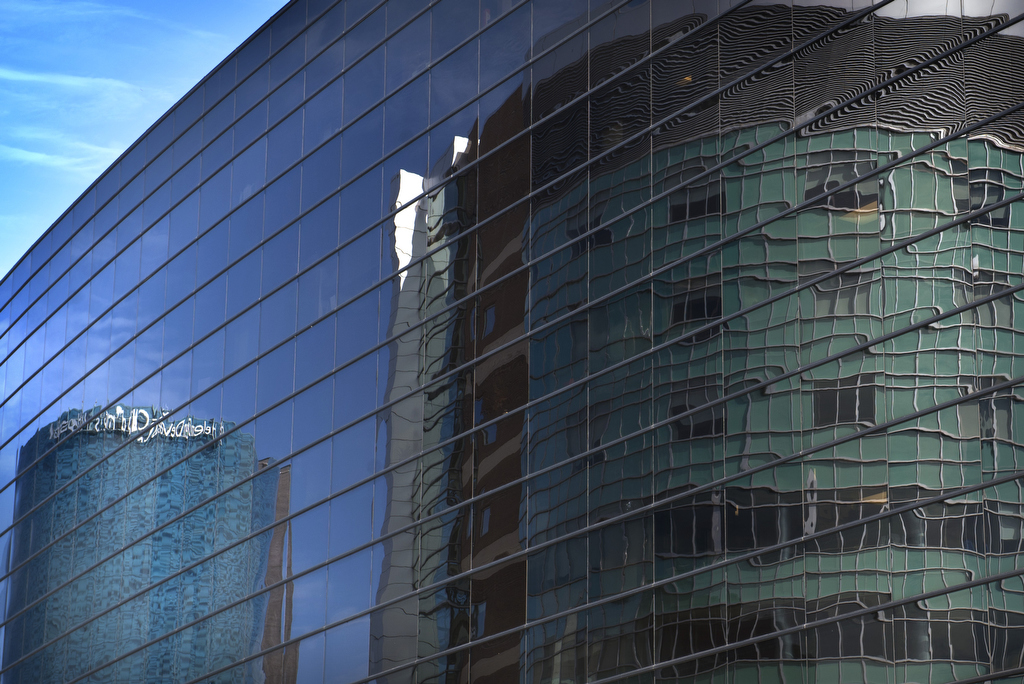
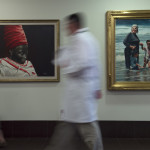
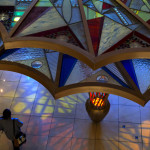

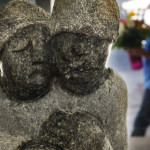

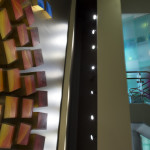
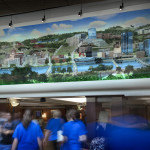












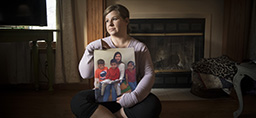 /a>
/a>
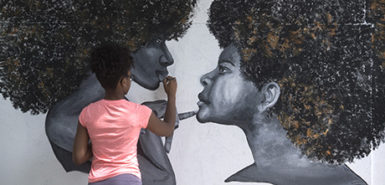 /a>
/a>
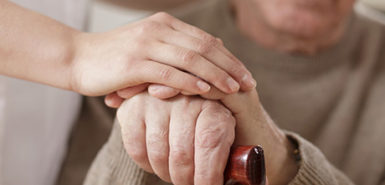 /a>
/a>
Who did the Woman in Hollyhock Painting in the lobby?
Hi Bill! That’s a beautiful painting. Mathias Alten is the artist. We have many of his paintings in the hospitals. Here’s a link: http://www.mathiasalten.com/html/home.asp
We are reviewing the possibility of adding artwork to our public hospital areas. I would love to talk to someone about how you have managed this program, how do you provide security for it, are pieces bought or on loan, logistics, etc. Could you refer me to someone who could help with that?
How are pieces selected to be in the collection? Is there an application for artists to submit work for consideration?
Hi Kevin, Thank you for your inquiry! The Spectrum Health Foundation curates the art galleries. If you’d like to talk with someone at the Foundation, here is their contact information: 25 Michigan St, Suite 4100; Grand Rapids, MI 49503; 616.391.2000; foundation@spectrumhealth.org Best wishes to you!
I love the art at the hospital. What a great place to display these fine works – a place where people from all walks of life visit. I recently was appreciating the mural inside the Butterworth main entrance, and I’m disappointed that I can’t find it’s image on line. Also, a woman at the desk said they used to have a card they could hand out that explained the different buildings. I would really like to have one of those if they are available.